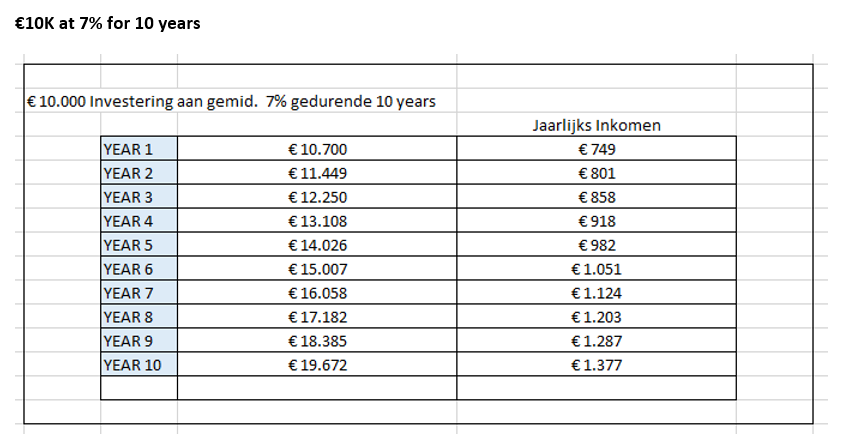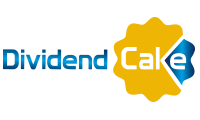My goal is to become financially independent by the age of 67 , hopefully earlier— i.e., not necessarily fully retiring, but having the financial means to lessen the emphasis on working. My approach to the markets is a steady and methodical style of investing. I view investing as a marathon sport, not a sprint.
I started out with classic dividend growth stocks but made some vital mistakes before I gradually turned towards high-yield stocks to grow my portfolio.
Roughly two years ago, I planted the seeds of my “dividend tree,” meaning my stock portfolio, with the ultimate goal of reaching financial independence. I was inspired by other blogs, such as Root of Good, (Retired at age of 33) and Gocurrycracker. I have now decided to publish my progress, my reasoning, and my decision-making process here.
When it goes about money, people like to make it difficult. Especially at the banks they like to use financial terms that make your head spin to make the impression that they know everything and to ensure you follow them. But investing in dividend stocks can explained to a 5 year old so he understands. Keeping it simple and stupid is the basic rule on which the concept of the compound interest is also based. Compounding enables you to harness a simple, yet extremely powerful mathematical construct. Einstein described it as the “eighth wonder of the world”. Not only time is needed to see this through. Patience is also required to allow compounding to do its thing before being tempted to abandon it too early. That is because, in the beginning, the results of compounding seem excruciatingly slow and not very apparent. It is with the passage of time that the benefits begin to “compound” (pun intended) and the magic is truly revealed.
Two-thirds of Americans do not understand how compounding works. I am sure it is the same case for Belgian people and many Europeans. Is it a reflection of the poor state of math education in America and Europe today? Or is it simply a result of ignorance, or lack of exposure to basic investing principals? I think it’s a little bit of both. Understanding the mechanics of compounding will give you the necessary information you need to know that this works. Math doesn’t lie. Compounded returns are the money earned on money earned.
Let’s take a look first on how a sum of $10,000 invested with a 7% annual return can grow if left alone for ten years at a time.
$10K at 7% for 10 years
After the first year, our $10K investment has grown by $700, or 7%. No surprise there. Because we were patient and let our investment dollars compound, we are already seeing progress. Because 7% is being added to an increasingly larger number each year, the sum grows exponentially higher, each year.
At the end of the third year, we’ve added about $2250 more to our pile. If we exercise patience and stick with our plan, by the end of year six, we would be seeing our capital grow by almost $5,000 annual increments. It didn’t take that long to see progress from $700 to almost $10,000 annual increments in our capital.
By the end of year 10, we see things are quickening. Because we left our capital working for us, it is now growing at the rate of $1377 per year.
$10K at 7% for 30 years
In the beginning of the third decade, our capital is growing by some $2500 per year. By the end of the third decade, we experience annual growth of almost $5000 each year. What can you do with that kind of money each year? Right, re-invest it or use for your retirement if you need it !
Let’s put that math into some perspective. What if we use the same mathematical concept and invest now $100K at the beginning of the time period. Then 30 years later, by simply allowing this capital to stay invested and growing at an average rate of 7% per year, this capital is producing a capital growth of $50K per year. Each year, our portfolio is giving us a return of fully half of what we originally invested, 30 years before. 50K per year should be enough to pay your bills with!
Do you also know what $100K initial investment can grow into? If you refrain from touching this investment, and let it grow at a respectable amount, your patience will pay off. You will now have over $761,000 available. You can use any other amount as initial investment and do the math yourself. I focus on an average dividend yield of 9 to 10% after taxes and try to save as much money to grow the portfolio as quick as possible.
If you start your planning and investment early enough with discipline and determination, each and every one of you can put the power of compounding to work.
We all work hard for our money. Now, it’s time for your money to work harder for you, especially in times of low interest rates…

No Comment
You can post first response comment.